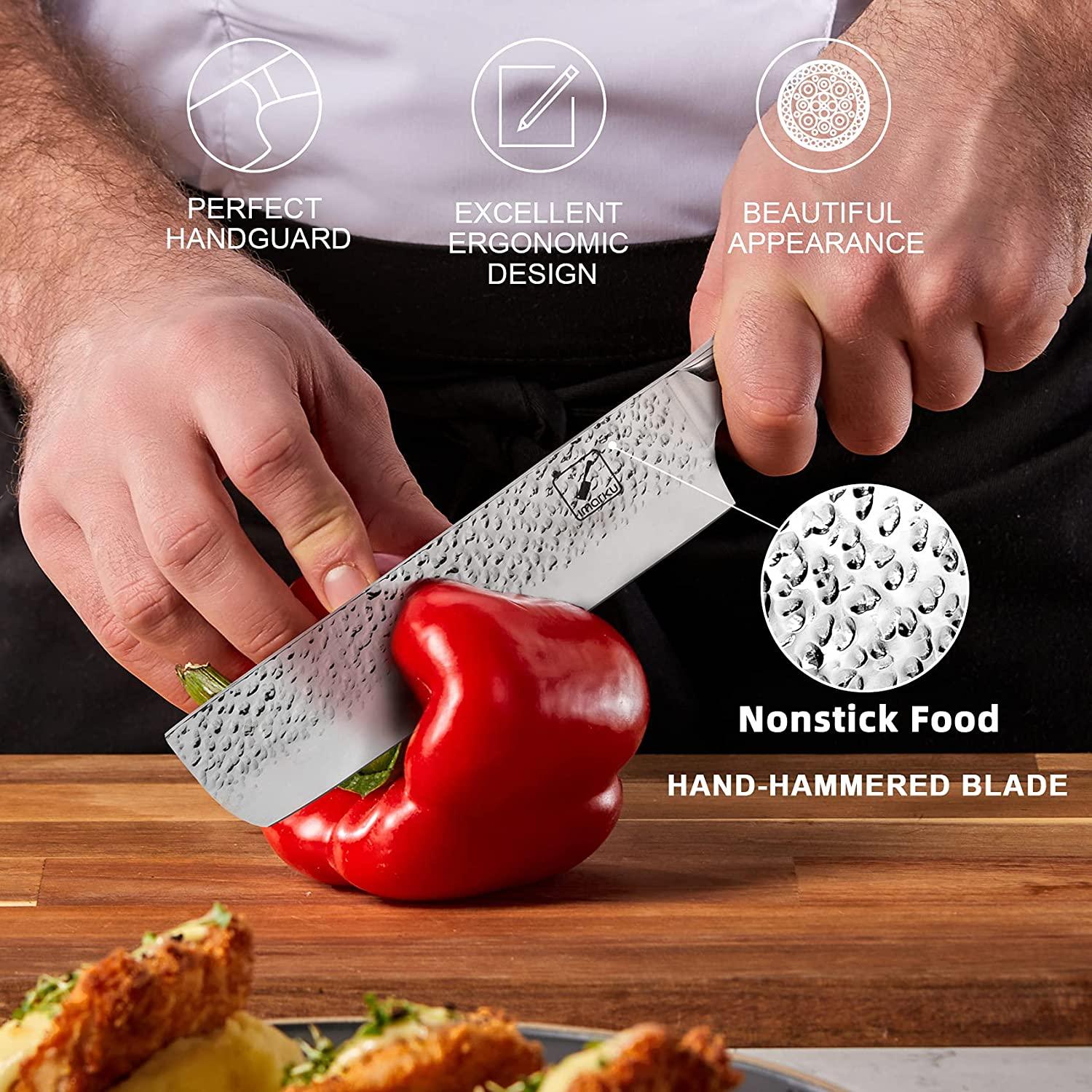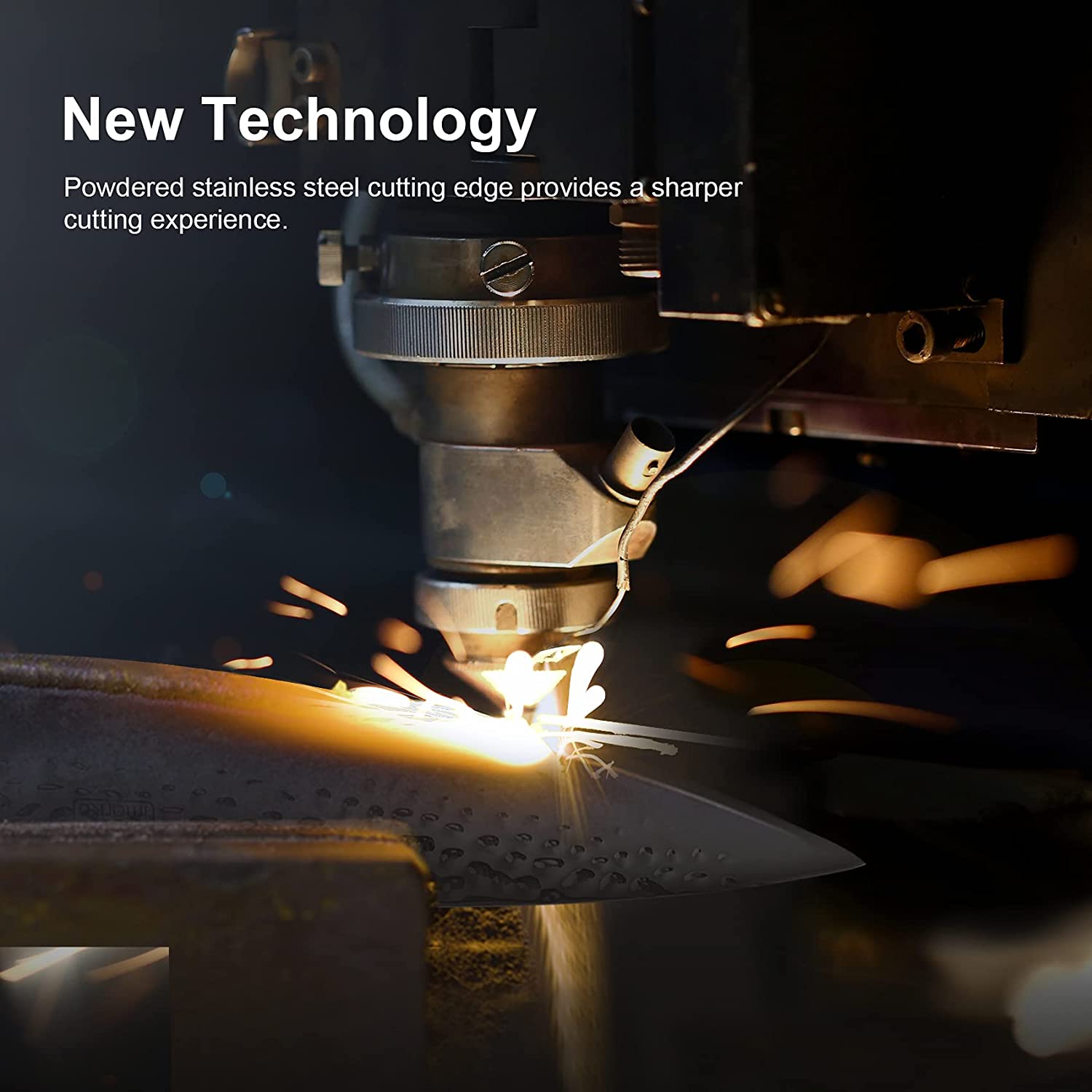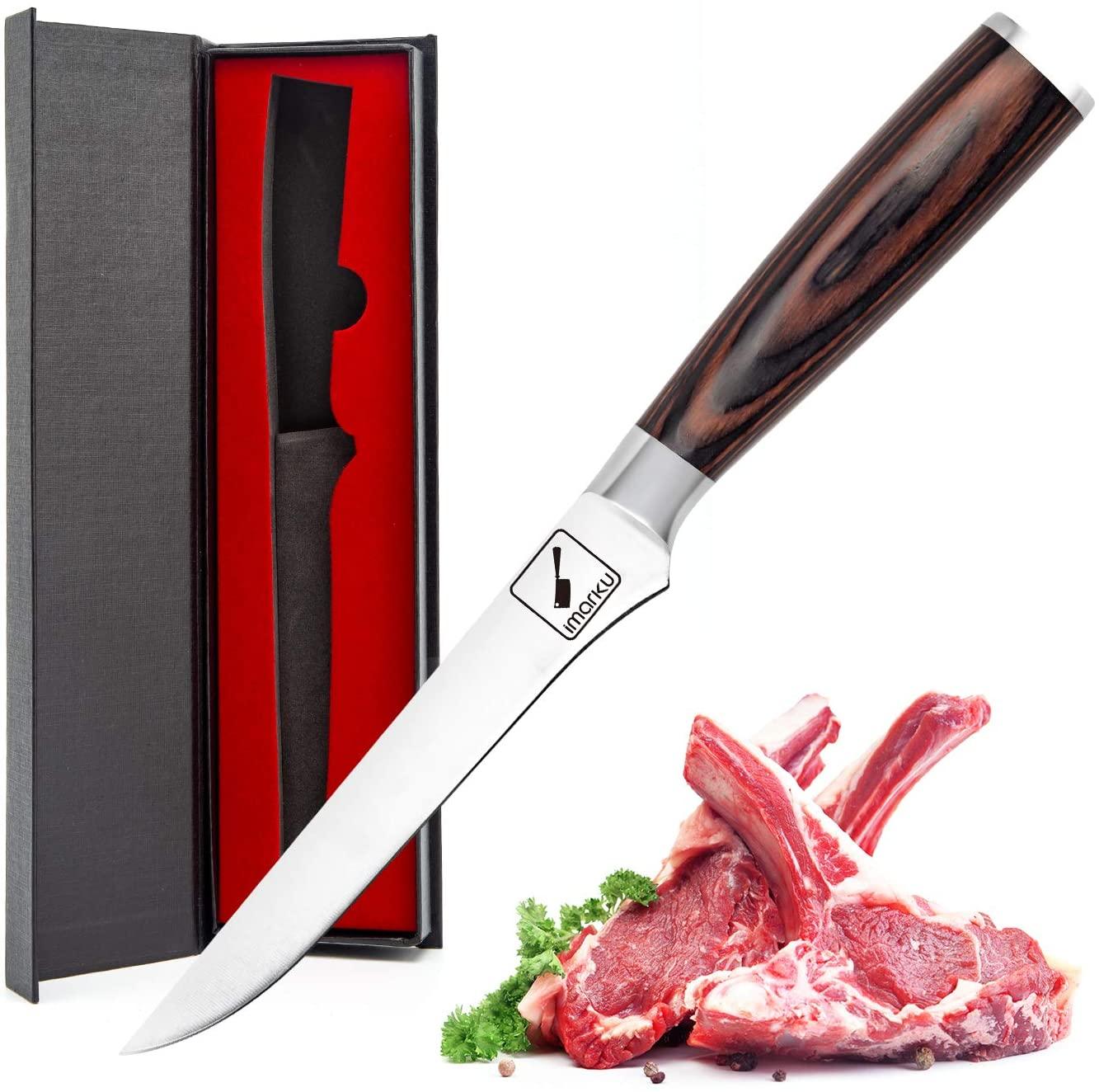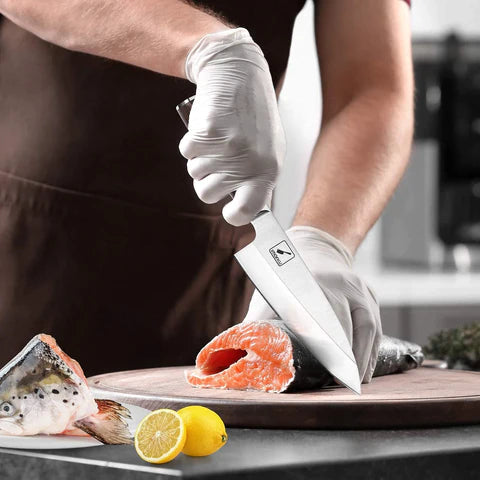TABLE OF CONTENTS
There are many different types of steel, but Damascus Steel is a type that has been around for centuries. In this blog post, we will talk about what it is and the history behind the material.
What is a Damascus Steel?
Damascus steel is a well-known kind of steel distinguished by its light or wavy light and dark pattern. Aside from its beauty, Damascus steel is prized for its ability to retain a sharp edge while remaining strong and flexible.
Damascus steel weaponry outperforms iron weapons by orders of magnitude! Although current high-carbon steels manufactured utilizing the 19th century Bessemer process exceed Damascus steel in quality, the original metal remains a premium material, especially for its time.
Damascus steel comes in two varieties: cast Damascus steel and pattern-welded Damascus steel.

Cast Damascus Steel
Because Damascus steel was cast from wootz, a form of steel first manufactured in India over two thousand years ago, no one has replicated the actual process of creating it. India began making wootz long before Christ's birth. Still, the weapons and other goods produced from wootz were genuinely prominent in the third and fourth centuries as trade products sold in Damascus, modern Syria.
The skills for producing wootz were lost in the 1700s, along with the raw material for Damascus steel. Despite extensive study and reverse engineering efforts to recreate cast Damascus steel, no one has succeeded in casting a comparable material.
Cast wootz steel was created by melting iron and steel with charcoal (low to no oxygen). The metal absorbed carbon from charcoal under these circumstances.
The alloy was slowly cooled, resulting in a crystalline substance containing carbide. Forging wootz into swords and other items yielded Damascus steel. It took significant expertise to maintain consistent temperatures to create steel with a distinctive wavy pattern.
Pattern-welded Damascus Steel
If you buy current "Damascus" steel, you could be receiving a metal that has been etched (surface treated) to create a light/dark pattern. Because the way may be worn away, this is not accurate Damascus steel.
Knives and other contemporary products produced of pattern-welded Damascus steel have a watery pattern through the metal and many of the same properties as the original Damascus metal. Pattern-welded steel is created by stacking iron and steel and smashing the metals together at high temperatures to produce a welded connection.
To keep oxygen out, a flux is used to seal the joint. Although different patterns are conceivable, forge welding several layers gives the watery appearance distinctive of this form of Damascus steel.
Damascus steel's secret isn't pattern welding. Celts employed pattern-welded blades in the sixth century BCE. So the Vikings of the 11th century and the Samurai of the 13th century.
Only pattern welding produces the wavy look associated with Damascus steel. It is essential to consider the steel's composition as well as how the layers are welded together.
Origin of the Name
The origin of the name Damascus steel is not entirely clear. However, two solid hypotheses come from historical sources. The first is that the name comes from the Wootz steel method of production. Wootz steel was introduced to India by Europeans in 1750.
The second hypothesis is that Damascus steel gets its name from its origin, Damascus, Syria, famous for manufacturing blades using this type of steel.
Modern Manufacturing Processes Of Damascus Steel
In its production, steel strips are welded in a bundle to produce plates. The package was heated in a furnace, and other items (so-called fusible stuff) were placed on top that fuses with the scale formed on the surface of the plates and removes it from the welded surfaces.
The fusible substance turns into a liquid slag that protects metal from further oxidation. The container is heated to a white temperature, and then it is forged.
Welding
Before welding, the package is reforged and cut into sections, then welded again. Welding can be done many times until the required steel properties are achieved.
Consequently, the metal layers are randomly combined, and a pattern appears on the bar's surface as a result. The shape of the way is determined by the number of layers and steel types utilized. The use of high-chromium or nickel steels produces bright lines.
Challenges
There are numerous historic issues linked with Damascus' creation. The fundamental characteristic of Damascus steel is the alternation of layers with a high carbon concentration. Thus, it provides an aggressive cut and a low carbon content, which provides strength.
However, diffusion occurs during the smith welding of steel layers with varying carbon content, intermingling the layers. This reduces the cutting capabilities of the package's high-carbon components by depleting the amount of carbon, and a significant number of welding seams might diminish the blade's strength. Furthermore, the quantity of carbon that burns off during the welding process might be substantial, reducing the steel's wear resistance.
As a result, the consumer is often unable to predict how the blade will work. Damascus steel is well-known for not cutting even when people sharpen it. It can become weaker and break easily.
Knife makers conducted handicraft research with powder steels first and later employed sophisticated high-tech methods to overcome these liabilities, as well as the development of technology for the production of powdered steels.
Solution: Vacuum Technologies
The vacuum technology was used to make Damascus steel the metal bars and the powder technique as raw materials.
The main benefit of the vacuum process for welding conventional Damascus is that it does not produce metal oxidation while heating. This enables the pre-welding of high-alloy materials, such as stainless steel, without needing a fusible substance.
Diffusion welding is used to put the ground plates in a vacuum chamber under a press. When it is done, the welded package is reforged into containers, and they are ground and welded again until the necessary number of layers is attained. Damascus may be made with this process from stainless and alloy steels.
Rolling a package of polished or otherwise cleaned plates on a vacuum rolling mill is also an efficient method to weld high-alloy steels. In powder metallurgy, the vacuum technique is used. A sealed, oxygen-free capsule filled with wire, metal powder, or mixtures is placed in the chamber of a geostatic extruder containing.
The capsule is heated to 1200-1400C, and the chamber is filled with gas at a pressure of around 1500 atmospheres. After the composite material's pressure sintering is completed, the shell sintered with it is physically removed, and the cleaned composite is rolled or forged using a rolling mill. This method may be used to create.
iMarku will have some damascus steel knife series coming soon.























Leave a comment
All comments are moderated before being published.
This site is protected by hCaptcha and the hCaptcha Privacy Policy and Terms of Service apply.